The Post Consumer Recycled Textiles Market is currently characterized by a dynamic competitive landscape, driven by increasing consumer awareness regarding sustainability and the circular economy. Major players such as Worn Again Technologies (GB), Repreve (US), and Patagonia, Inc. (US) are at the forefront of this transformation, each adopting distinct strategies to enhance their market positioning. Worn Again Technologies (GB) focuses on innovative recycling technologies that convert textile waste into new fibers, thereby promoting a closed-loop system. Meanwhile, Repreve (US) emphasizes the development of high-quality recycled fibers from post-consumer plastics, leveraging partnerships with brands to expand its reach. Patagonia, Inc. (US) continues to champion environmental responsibility through its commitment to using recycled materials in its products, thereby reinforcing its brand ethos and customer loyalty.
The business tactics employed by these companies reflect a broader trend towards localized manufacturing and supply chain optimization. The market appears moderately fragmented, with a mix of established brands and emerging players vying for market share. This competitive structure allows for diverse approaches to sustainability, as companies seek to differentiate themselves through innovative practices and strategic collaborations. The collective influence of these key players is shaping a landscape where sustainability is not merely an option but a necessity for survival and growth.
In August 2025, H&M Group (SE) announced a significant partnership with a leading technology firm to enhance its recycling capabilities, aiming to increase the percentage of recycled materials in its collections. This strategic move underscores H&M's commitment to sustainability and positions the company to meet growing consumer demand for eco-friendly products. By integrating advanced recycling technologies, H&M Group (SE) is likely to improve its operational efficiency and reduce its environmental footprint, thereby enhancing its competitive edge in the market.
In September 2025, Unifi, Inc. (US) launched a new line of recycled polyester fibers made from post-consumer waste, further solidifying its position as a leader in the recycled textiles sector. This initiative not only aligns with the company's sustainability goals but also responds to the increasing demand for environmentally responsible materials in the fashion industry. The introduction of this product line may attract new partnerships and expand Unifi's market presence, reflecting a proactive approach to innovation in a rapidly evolving market.
In October 2025, The North Face (US) unveiled its latest initiative aimed at promoting circularity in outdoor apparel, which includes a take-back program for used garments. This program is designed to encourage consumers to return their old products for recycling, thereby fostering a culture of sustainability. The North Face's (US) initiative highlights the growing trend of brands taking responsibility for their products' lifecycle, which could potentially enhance customer loyalty and brand reputation in an increasingly eco-conscious market.
As of October 2025, the competitive trends within the Post Consumer Recycled Textiles Market are increasingly defined by digitalization, sustainability, and the integration of artificial intelligence in supply chain management. Strategic alliances among companies are becoming more prevalent, as they seek to leverage each other's strengths to enhance their sustainability efforts. Looking ahead, it appears that competitive differentiation will increasingly pivot from price-based competition to a focus on innovation, technological advancements, and the reliability of supply chains. This shift suggests that companies that prioritize sustainable practices and invest in cutting-edge technologies are likely to emerge as leaders in the evolving market.




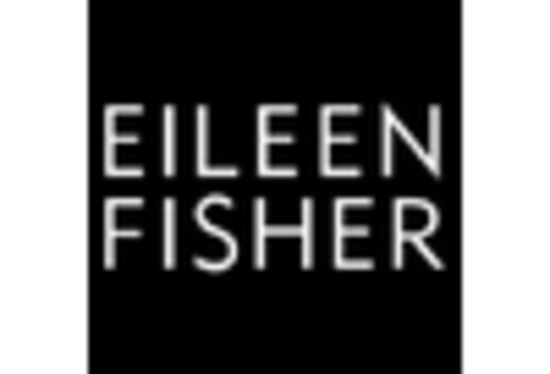

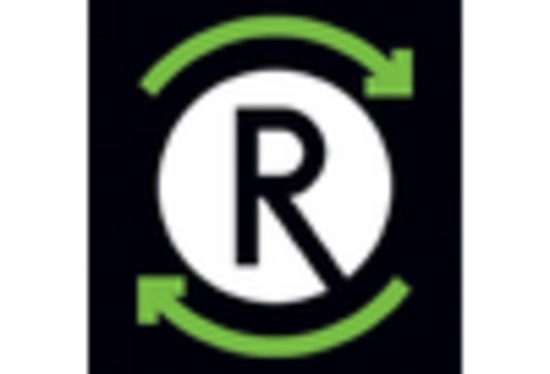
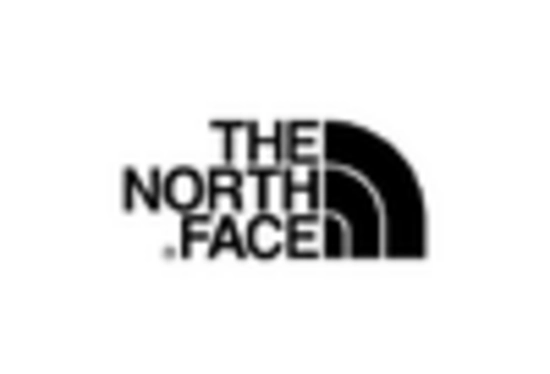
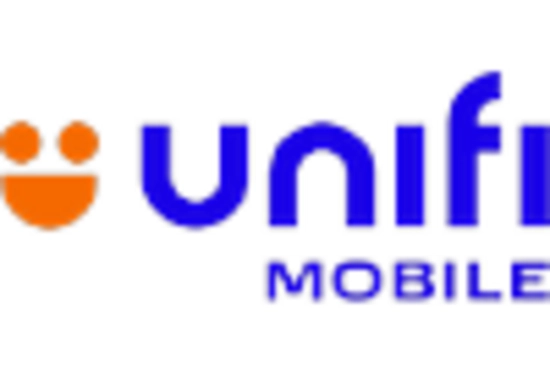
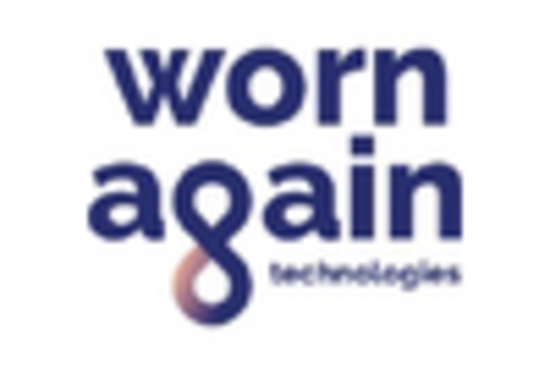








Leave a Comment